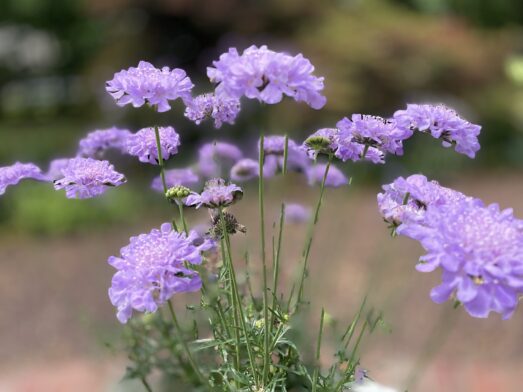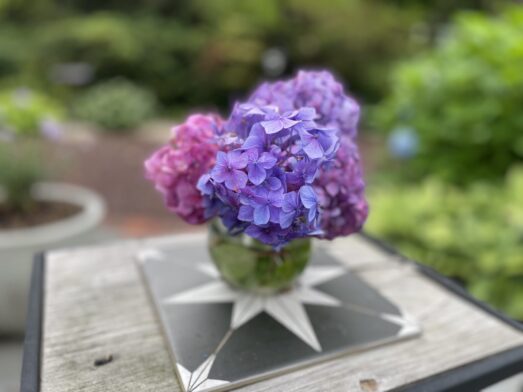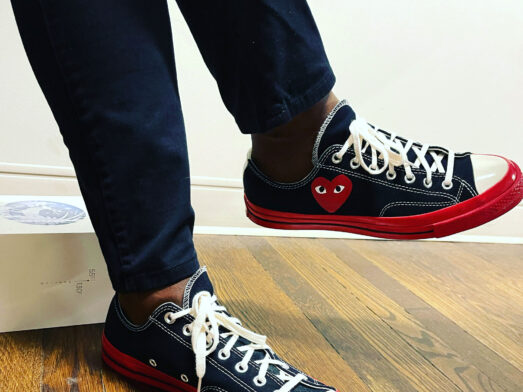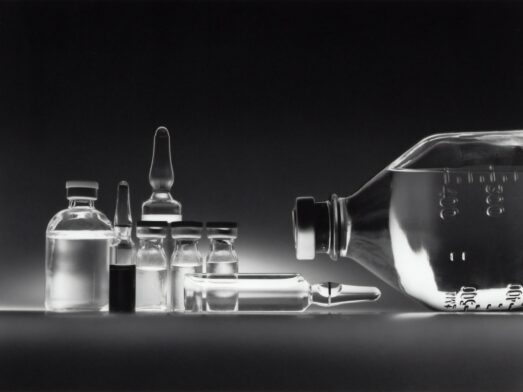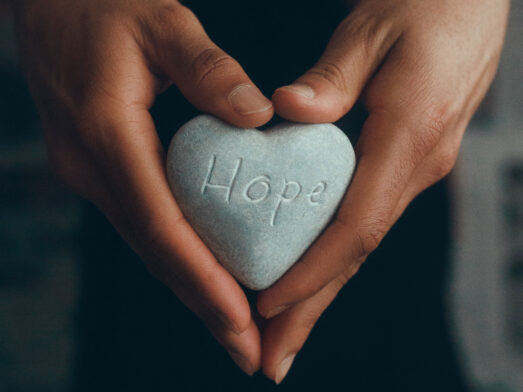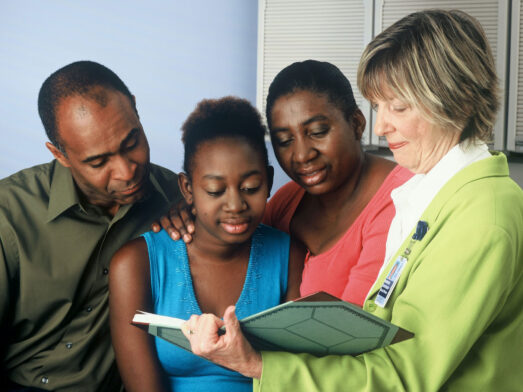How I Got Over…and Through Treatment
I never talk about my surgery, the two chemotherapy treatments, (pre-op and post-op) or the resulting side effects other than to say both were tough to endure. The actual infusions were not difficult for me. The side effects were a wholly different story.
Early on I discovered that these are things that one has to go through alone.
And they were some of the loneliest parts of my battle.
You have to understand that, despite the many willing helping hands and comfort offered from friends and loved ones, the experiences are solitary – they are hands-on and deal directly with the senses. We don’t fully understand something until we have gone through and experienced it ourselves. This is true of these multiple and cumulative curative therapies.
Like having a really bad cold or the flu, I forced myself – and sometimes struggled – to power through the tough parts with the goal of getting to the other side…feeling better and getting back to normal as quickly as possible. It’s really difficult to explain without going into detail. And for me, talking about my experiences are like re-living them. I see no value in either.
That is why I smile and somewhat discreetly roll my eyes when someone who has never had to go through this says, “I know exactly how you feel.” No. You do not…even if you know or are close to someone who has gone through a 7-hour pancreatic surgery known as a “Whipple” procedure, chemotherapy or radiation treatment.
Each individual’s experiences are unique. Yes, there are similarities to every experience, I grant you that, but every cancer patient’s journey is unique…based on so many factors. These include but are not limited to the type of cancer and the stage of the cancer, the individual’s medical history and underlying health concerns and, most importantly, the fact that the level of care and the science is constantly changing. In the post-diagnosis stage, I had a round of chemotherapy followed by a serious and complicated surgery and then another round of chemotherapy. The second round was tougher than the first. It was initially brutal, but we learned to modify the frequency and dosage. Again, each cancer experience is different.
Four things helped me get through it -- a goal and vision…music…outstanding healthcare and healthcare providers, and a dedicated caregiver, my husband.
“When you have a clear vision of your goal, it’s easier to take the first step toward it.”
LL Cool J
I psyched myself out and equated the surgery, infusions and trips to the cancer center like going to the gym. Mind you, I have not stepped foot inside of a gym in well over thirty years. But, in my mind, based on the behavior of friends and family, they are very much the same – minus the noise, body odor and weights. People go to the gym with a rigid discipline and regularity focused on the goals of maintaining their body’s fitness and health. Cancer treatment is no different. Being focused, disciplined, and determined are essential.
“I think music in itself is healing. It's an explosive expression of humanity. It's something we are all touched by. No matter what culture we're from, everyone loves music.”
Billy Joel
Music has always been important in my life. It took on a more substantial role while I was going through this journey. I relied on it. Listening to music while recovering and during chemotherapy infusions was a natural fit. It helped me relax and took my mind off of what was going. It was and remains a refuge. My eclectic taste in music provided an invigorating and soothing soundtrack, taking me places where only muscle memory could.
“Doctors diagnose, nurses heal, and caregivers make sense of it all.”
Brett H. Lewis
Throughout this journey I have been blessed with outstanding healthcare and healthcare providers. It is not lost on me that my experiences were unique based on a confluence of factors. The first is early detection. When diagnosed, my tumor was the size of a pea and the cancer had not metastasized. Then, two oncologists entered my life to supervise my medical care. The roles of the medical oncologists and surgical oncologists overlapped. The seamless collaboration between these specialists became essential in order to provide the best possible care for me. My treatment plan involved a combination of surgery and chemotherapy.
I knew very little about the surgical oncologist, @CharlesJYeoMD, other than some recently acquired word-of-mouth gossip about his great reputation of being a formidable pioneer in pancreatic surgery. Armed with this superficial knowledge and – believe or not -- relying on my instincts, I made an assessment of his professional capability based on two telltale clues – his shoes and his watch. I believe that I can tell everything I need to know about someone by looking at their shoes! Okay, I admit that it's not possible to make definitive judgments about a person solely based on their choice of shoes, but my instinctive observations have proven reliable. I believe certain aspects of a person, for example, their shoes, can provide insights into their style, lifestyle, character, and personality. In Dr. Yeo’s case, his well-maintained and polished shoes suggested someone who pays attention to detail, someone who takes pride in who they are. His watch told me he values quality, craftsmanship, precision, and elegance. The classic and timeless watch further suggested he had a more traditional and conservative style. These indicators told me that he was the perfect surgeon to operate on me.
Then there is Dr. Steven Cohen, the medical oncologist. Dr. Cohen specializes in the diagnosis, treatment, and management of cancer. His clear communication and open dialogue helped address misunderstandings and create a supportive and comforting doctor-patient relationship. Living up to his reputation as being the best in his field, Dr. Cohen always “patiently” addressed my questions and concerns with clear, thoughtful, and sensitive responses. In contrast to the slender Yeoh, Cohen is a physically “big” and rotund man. I saw him as my sweet and smiling Buddha.
Yeo and Cohen expressed themselves in different ways -- one reserved, the other gregarious. One Yin, the other Yang.
My respect and admiration for these two men has grown. I have realized that most oncologists genuinely care about their patients' well-being. Often times they have to deliver challenging news, discuss treatment options, and manage difficult conversations about prognosis. This can lead to an unintentional focus on clinical details, which might, as was the case with me, be interpreted as being distant. I now appreciate and understand that they are both dedicated professionals who work tirelessly to provide the best medical care possible. Their actions build strong and compassionate relationships with those under their care - leading to a better understanding and a more positive experience.
And then there is my husband who is my primary caregiver. He has been my protector and advocate. He accompanied me to every appointment, every chemotherapy session. He always asked the smart questions and remembered important facts from our discussions with the physicians. He fought for me and never once left me alone. His love, strength, and resilience enabled me to focus on one thing – getting better. He provided companionship and emotional support, reducing my feelings of loneliness, isolation, and depression. He innately understood that simply having someone to talk things through, someone to share the roller coaster of experiences significantly improved my quality of life. He alleviated my stress and anxiety by loving and caring for me. That is precisely the role of a caregiver. From the vantage point of witnessing patients going through the challenge of chemotherapy, I realize that, unfortunately, not everyone is blessed with having a dedicated care giver at their side.
Friends also can also provide caregiving. Strangers, too. More about that important topic later.
Written By
Eric Roberts
